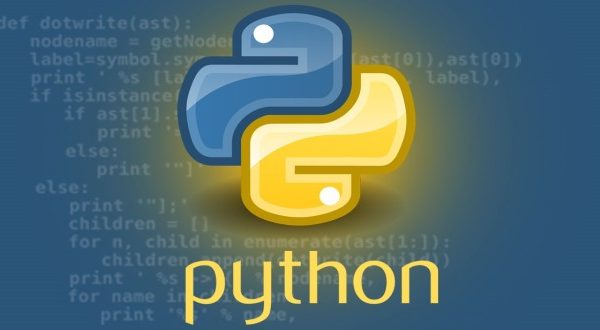Lambda Functions in Python
What are Lambda Functions? In Python, we use the lambda keyword to declare an anonymous function, which is why we refer to them as “lambda functions”. An anonymous function refers to a function declared with no name. Although syntactically they look different, lambda functions behave in the same way as regular functions that are declared using the def keyword. The following are the characteristics of Python lambda functions: A lambda function can take any number of arguments, but they contain […]
Read more